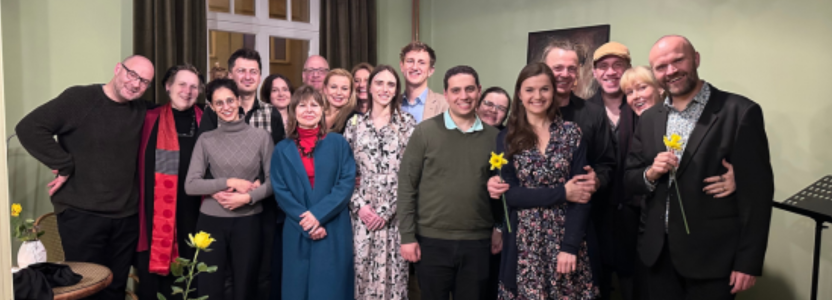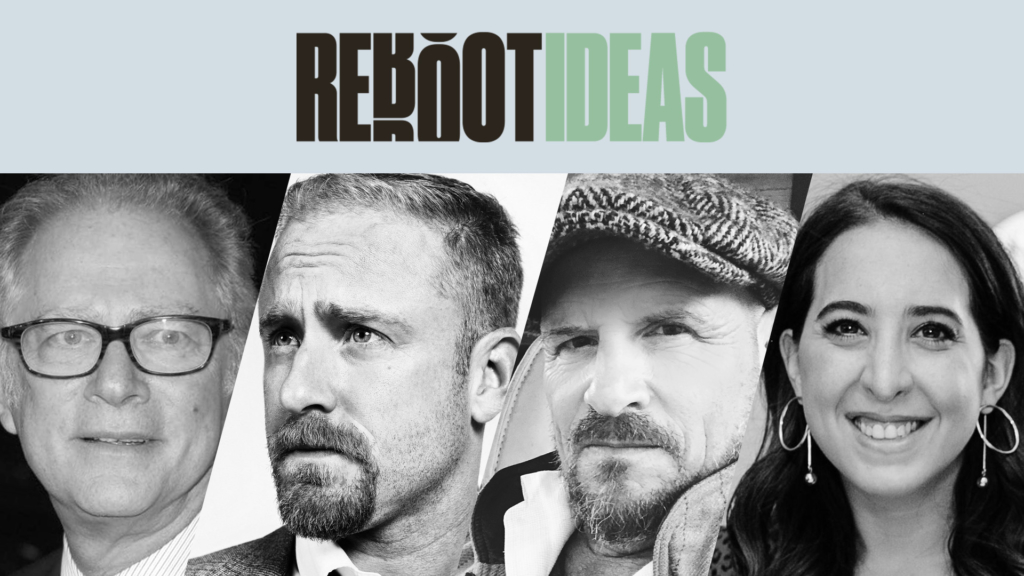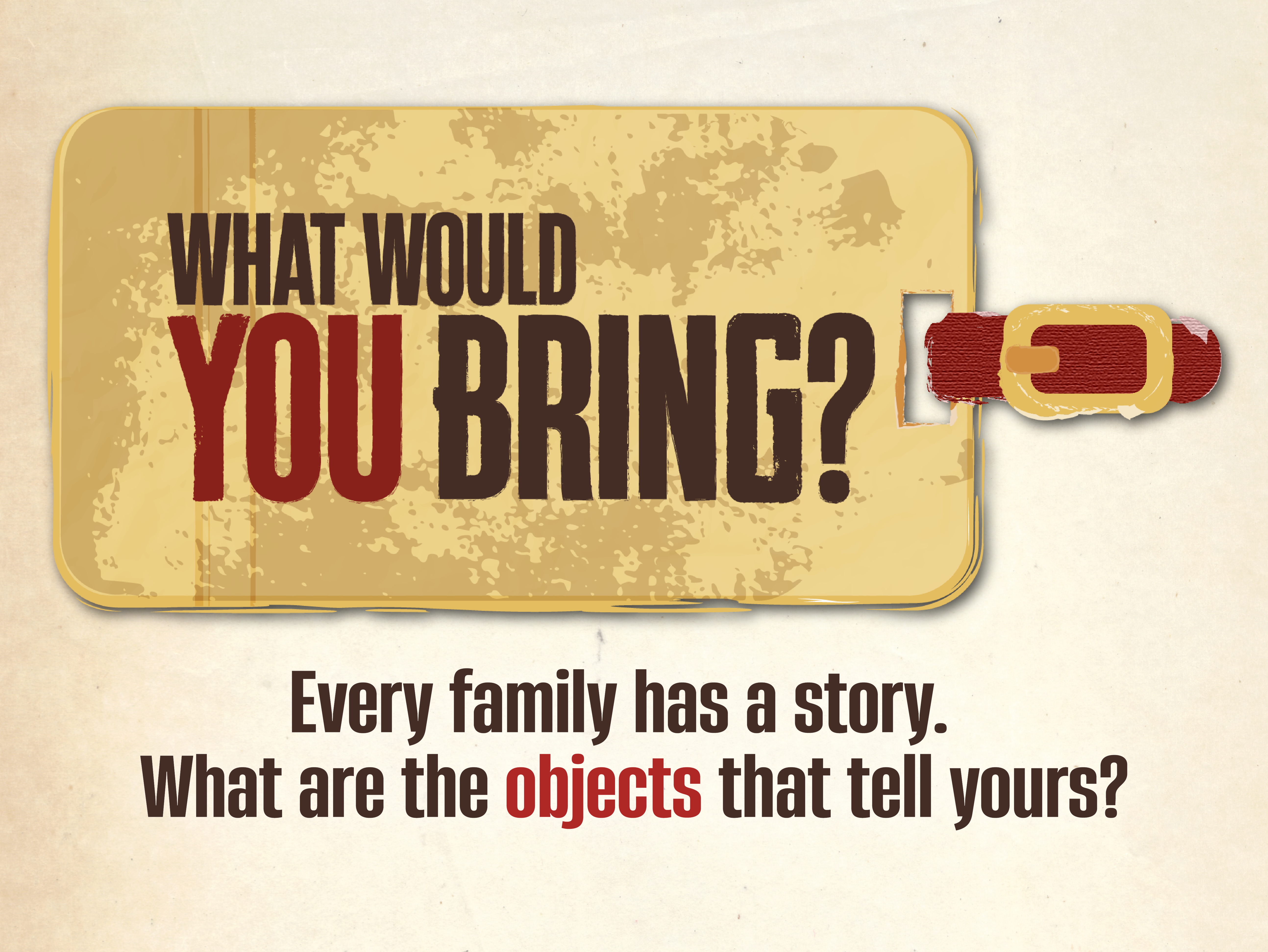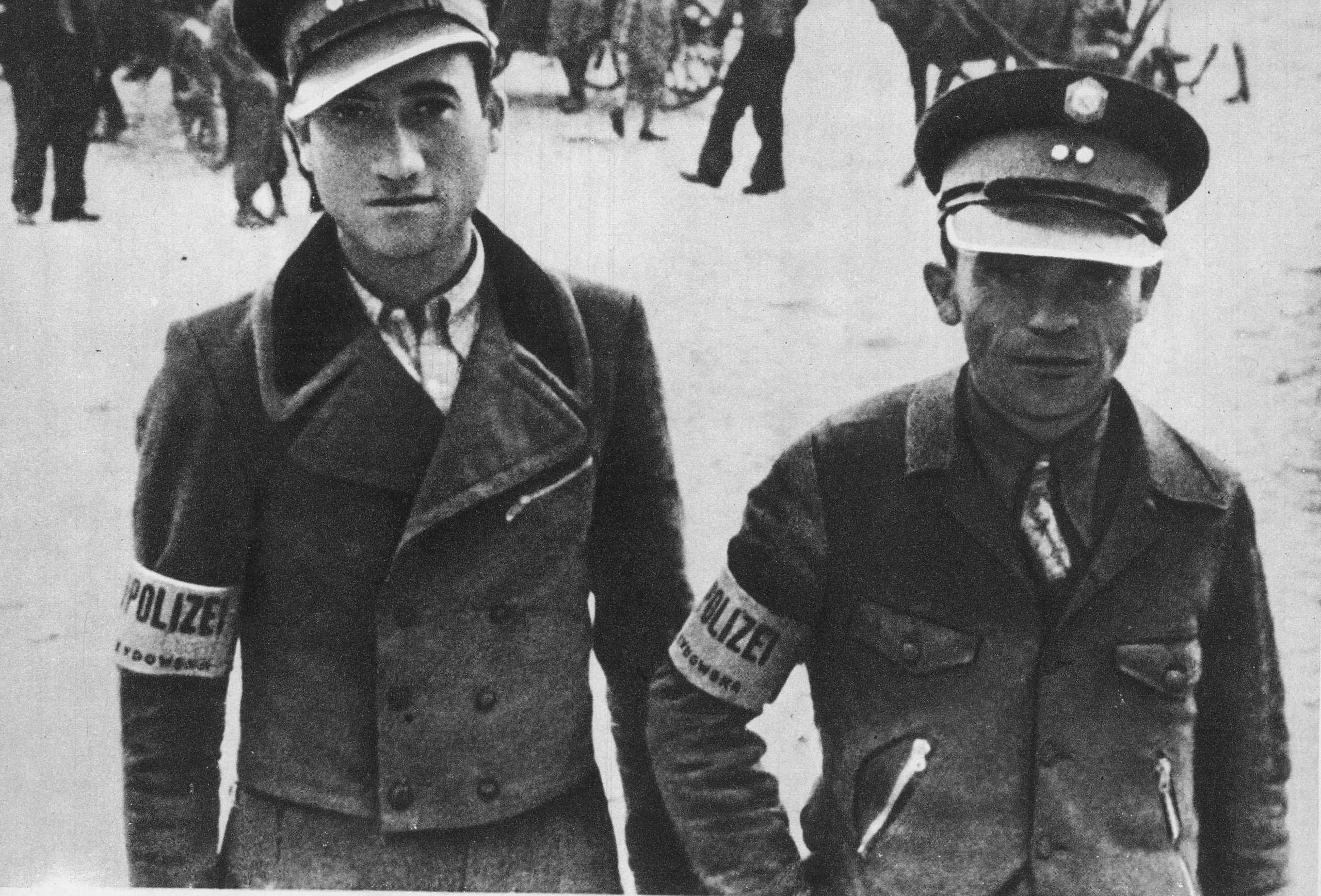Never Forget Revisited

As we recognize Yom HaShoah, Israel’s formal commemoration of the Holocaust, I am reflecting on my family’s poignant journey to Poland over the last two weeks, where I laid some of my late mother’s ashes to rest in accordance with her wishes. As an Ashkenazi Jew with family roots in a pre-war Poland, my feelings about the country and its history are complicated.
Warsaw, the capital city, finds itself in a unique and complex limbo – an intricate tapestry of its tragic past, post-war reconstruction, and emerging modernity. The cityscape is a striking juxtaposition of architectural styles, culture, and community, reflecting the layers of history that have shaped Warsaw over time.
The vestiges of the Warsaw Ghetto, once the largest Jewish ghetto in Nazi-occupied Europe, serve as a haunting reminder of the atrocities that occurred during World War II. Amidst the remnants of the ghetto walls and somber memorials, one cannot help but feel the weight of the pain and suffering that the Jewish community endured.
In stark contrast, the post-war Soviet construction showcases the city’s resilience and determination to rebuild itself from the ashes. The massive, utilitarian structures, such as the Palace of Culture and Science, stand as a testament to the era of Communist rule, and though often seen as oppressive symbols, they also represent Warsaw’s perseverance and ability to rise above adversity.
Interspersed within the city’s fabric are slivers of modernity, with cutting-edge buildings and contemporary designs that usher Warsaw into the 21st century. These architectural marvels, such as the Złota 44 tower and the Warsaw Spire, illustrate the city’s continuous evolution and its aspirations for a brighter future.
Culturally, Warsaw is a melting pot of old and new, where centuries-old traditions coexist with modern sensibilities. The restored Old Town, a UNESCO World Heritage Site, serves as a living museum, transporting visitors back in time with its colorful Baroque and Gothic buildings, while the thriving arts scene, innovative culinary establishments, and bustling nightlife showcase the city’s dynamic spirit.
One particular highlight of our visit was the day we spent at the POLIN Museum of the History of Polish Jews, located in Warsaw. The museum is dedicated to preserving and showcasing the rich heritage of Polish Jews, spanning over a thousand years. The museum’s core exhibition, titled “A Thousand-Year History of Polish Jews,” consists of eight galleries, each focusing on different periods and aspects of Jewish history in Poland. The galleries are designed to provide visitors with an immersive and engaging experience, incorporating multimedia installations, interactive displays, and artifacts.
Warsaw reflects an intricate blend of past, present, and future. Residents carry the collective memory of their ancestors, honoring their sacrifices while striving to create a more inclusive and prosperous city for generations to come.
The Jewish community in Warsaw today, while a fraction of the size in comparison to its pre-World War II population, has been experiencing a revival in recent years, with the emergence of Jewish cultural events, institutions, and educational programs. In particular, the congregation from Beit Warszawa, who so warmly embraced my mother in the final years of her life (and even held a memorial concert in her honor during our trip), has become a symbol of this revival. The Passover seder we attended with them was a moving and deeply meaningful experience I will never forget.
The next leg of our trip took us to Kraków, one of the oldest and most culturally significant cities in Poland. It is renowned for its well-preserved historic architecture and vibrant cultural heritage. Unlike Warsaw, which suffered extensive destruction during World War II, Kraków managed to remain relatively unscathed, allowing its rich history to endure and be appreciated today.
Located in the southern part of Poland, the city boasts a wealth of historical landmarks, such as the Wawel Castle, St. Mary’s Basilica, and the medieval market square (Rynek Główny), which is one of the largest in Europe.
Kraków’s Jewish Quarter, Kazimierz, is another significant aspect of the city’s history. While the Jewish community in Kraków also suffered immensely during the Holocaust, with the establishment of the Kraków Ghetto and deportations to nearby extermination camps, the Kazimierz district has since experienced a cultural revival, and today is a bustling area filled with cafes, galleries, and synagogues.
Kraków and Warsaw represent two contrasting aspects of Poland’s history and culture. While Kraków managed to avoid significant destruction during World War II, preserving much of its architectural heritage, Warsaw had to rebuild itself from the ashes of war. Both cities, however, are emblematic of Poland’s resilience and rich cultural legacy.
Perhaps the most challenging part of our trip was visiting the concentration camps at Auschwitz and Birkenau. Words can’t do justice to what I experienced there but I will simply say that an intellectual understanding of the Holocaust can’t adequately prepare you for the emotionally devastating experience of visiting and the sickening recognition of the brutal efficiency by which the Nazis massacred more than a million Jews here alone.
I was reminded of the post-Holocaust mandate to “never forget” – a call to remain vigilant against evil and prevent such atrocities from happening again. What I was not expecting however, was that my experience in Poland would lead me to discover the vibrant Jewish life that once flourished in the town of Oświęcim, near where the concentration and death camps were situated.
So today, I’m celebrating the joy and remembering the thriving Jewish communities throughout Poland, while acknowledging the sorrow of the Holocaust.
Thanks to a generous introduction to the team at the Auschwitz Jewish Center Foundation by Reboot Network member Geralyn Lucas, my family and I were given a private tour of the Oshpitzin Jewish Museum, which tells the story of over 400 years of Jewish life in Oświęcim, known as Oshpitzin in Yiddish. The name “Oshpitzin” itself, meaning “guests,” reflects the welcoming nature of the people involved with this amazing institution. We learned about the town’s history and the famous Jewish families who once lived there, and I was reminded of my mother’s own connection to Poland and the work that brought her there for the last great act of her professional life, creating culturally relevant programming for the Jewish community (including many converts who were returning to Judaism after generations removed) from Warsaw to Krakow and beyond.
Oświęcim was home to notable Jewish figures, such as the Haberfeld family, who ran the Vodka and Liqueur Factory and contributed significantly to the town’s economy and culture. The Haberfelds, along with other prominent Jewish residents, fostered an environment of innovation, creativity, and community. Their lives exemplified the rich and vibrant Jewish heritage that thrived in Poland for centuries.
As we walked through the museum and Oświęcim’s Old Town, echoes of the town’s once-vibrant Jewish life were still present. From visiting the only surviving synagogue and Café Bergson (the former home of the last Jewish resident in the town), I realized that celebrating the joy and remembering the flourishing Jewish communities throughout Poland is as important as recognizing the sorrow of the Holocaust. In doing so, we honor the memory of those who perished, as well as the vibrant lives they led before the tragedy.
My family’s journey to commit my mother’s remains to her final resting place in Poland not only allowed us to grieve, but also provided an insight into the once-thriving Jewish life in the country. It is crucial that we “never forget” the Holocaust, but it is equally important to remember and celebrate the vibrant Jewish communities that existed in Poland (and around the world) for centuries. By sharing this story, I hope to inspire others to recognize and honor the joy and resilience of the Jewish people, both past and present.




